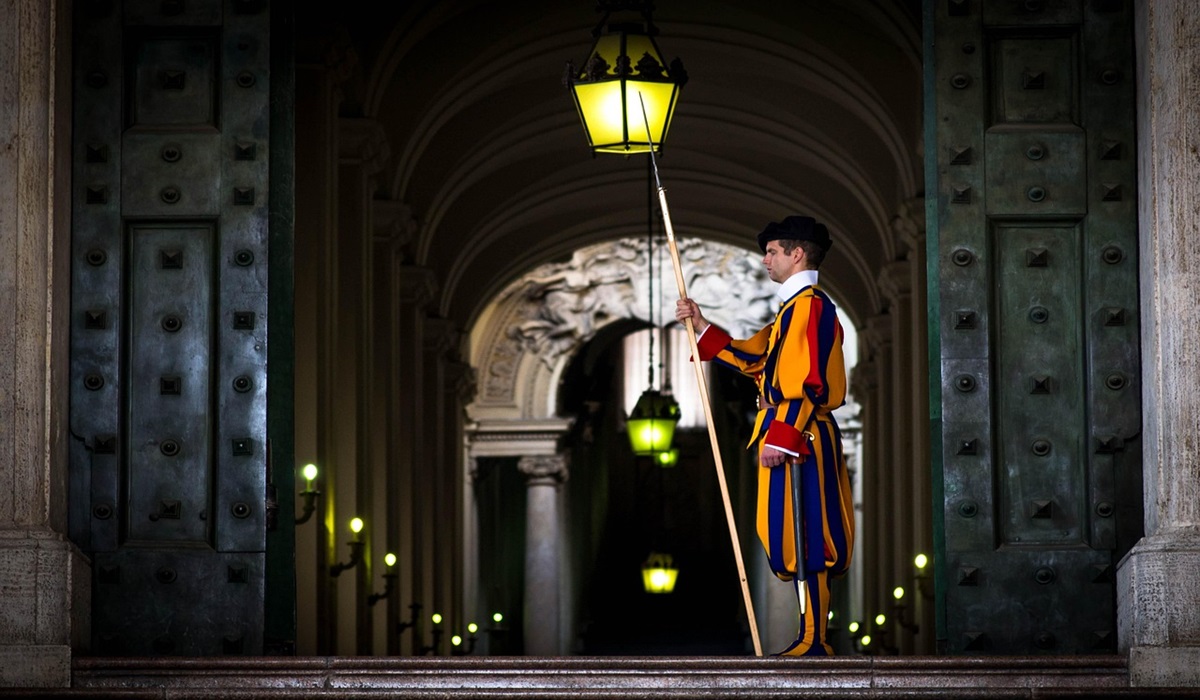From Pope to Prisoner: How the Lateran Treaty Forged Modern Vatican Sovereignty
- Ingrid Jones
- Forgotten History
- Trending News
- April 9, 2025

Image Credit, lorenzogallo
The Lateran Treaty, signed on February 11, 1929, by Benito Mussolini on behalf of the Kingdom of Italy and Cardinal Secretary of State Pietro Gasparri on behalf of Pope Pius XI, was a turning point in both Italian political history and the Catholic Church’s role in international affairs. But to understand its deep significance, we need to go back to the 19th century, when the unification of Italy came at the expense of the Pope’s territorial power, tearing apart centuries of papal rule and plunging Church and state into a bitter cold war that would last nearly sixty years.
Prior to Italian unification, the Pope ruled the Papal States—a swath of central Italy that stretched from Rome up to Bologna. These lands weren’t just symbolic or spiritual territories; they were real, governable regions, enforced by the Pope’s army and taxed under his authority. From as early as the 8th century, these states served as the core of temporal power for the Catholic Church. The Pope was more than a spiritual leader—he was a monarch in every sense of the word.
That power began to unravel with the rise of Italian nationalism and the push for unification under the Risorgimento. The Kingdom of Piedmont-Sardinia, led by figures like Count Cavour and Giuseppe Garibaldi, initiated a series of military and political maneuvers in the mid-1800s to consolidate the various kingdoms and duchies of the Italian peninsula into one unified nation. This campaign culminated in the capture of Rome in 1870 by the Italian army, marking the end of the Papal States. Pope Pius IX, outraged and refusing to recognize the legitimacy of the new Italian state, declared himself a “prisoner in the Vatican.” He and his successors would remain so, refusing to step outside the walls of the Apostolic Palace or recognize the Italian government.
This impasse, often referred to as the “Roman Question,” became a persistent thorn in the side of Italian governance. The Catholic Church instructed the faithful to boycott elections and civic participation in the secular Italian state, while the Vatican operated as a stateless entity in limbo. Italy’s capital was now Rome, yet it was a capital held hostage by a silent, simmering religious-political war. Italy’s internal cohesion was brittle, and the ideological tension between devout Catholics and secular nationalists threatened to fragment the country from within.
It was into this volatile scene that Benito Mussolini stepped. By the late 1920s, Mussolini had established himself as dictator under the Fascist regime, seeking to consolidate power and legitimize his rule. He saw resolving the Roman Question as a necessary political maneuver to unify Italy and bring the Church under his influence. The Vatican, facing growing secularism and global instability, also saw an opportunity: recognition, sovereignty, and security for the Holy See in a rapidly changing world.
The Lateran Treaty comprised three parts: a political treaty recognizing the Vatican City as an independent sovereign state; a concordat regulating the Church’s position within Italy; and a financial convention compensating the Church for the loss of the Papal States. For Mussolini, it was a propaganda coup. He had managed to reconcile Fascist Italy with the Church, winning over Catholic Italians and presenting himself as a restorer of traditional values. For the Vatican, it meant survival and recognition. At just 44 hectares, the Vatican became the smallest independent nation in the world, yet one with global spiritual authority.
The implications were enormous. The treaty re-established the Pope as a temporal sovereign—no longer over vast regions of Italy, but over a tiny but potent enclave with full diplomatic and political status. It also gave the Church privileges within Italy, including recognition of religious marriages, state-funded Catholic education, and tax exemptions. Mussolini, ever the opportunist, ensured that the Vatican would endorse his regime, at least tacitly, thereby shoring up popular support.
But this marriage of convenience came at a cost. It blurred the lines between religion and authoritarianism, as the Church remained largely silent on Mussolini’s later brutalities, including his anti-Semitic laws and alliance with Nazi Germany. The Vatican, too, would become a lightning rod for controversy in the coming decades, accused of moral ambiguity during the Holocaust and criticized for prioritizing institutional survival over human rights.
Fast forward to today, and the significance of the Lateran Treaty remains profound. It formalized the strange but enduring dual identity of the Pope—as both a spiritual shepherd and a head of state. It gave the Catholic Church diplomatic teeth and a political platform from which to shape global affairs. It also set a precedent for how modern states can broker power with religious institutions—not through conquest or suppression, but through calculated legal agreements.
In Italy, the effects are still visible. Catholicism remains a dominant cultural force, deeply intertwined with politics, education, and social policy. Yet the Vatican’s independence also means it can critique the Italian state from within, challenging policies on immigration, poverty, and social justice. The treaty that once aimed to fuse Church and state now sometimes sets them at odds.
The Lateran Treaty was not just a peace agreement between a dictator and a pope—it was a foundational moment in the modern political theology of Europe. It institutionalized a new model of power, where religion retreated behind walls yet emerged with greater influence. And it did so by turning a centuries-old civil war into a legal compromise—one that still shapes geopolitics and papal diplomacy nearly a century later.








